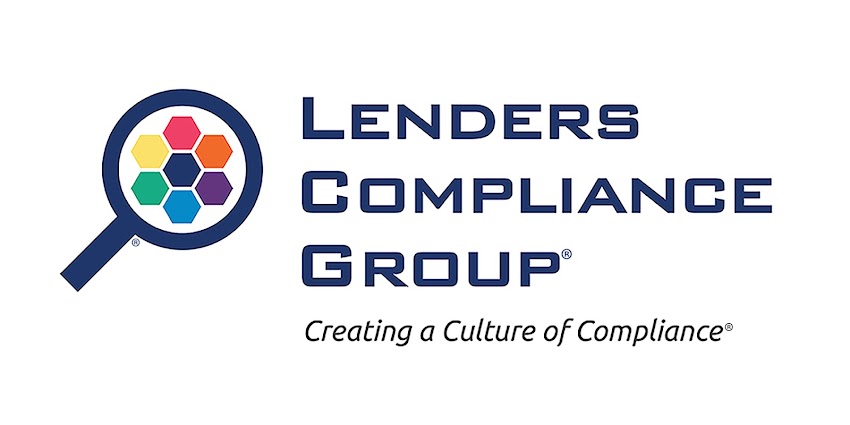QUESTION
I am the Compliance Officer and General Counsel for a lender. I would like some information about common defenses to repurchase demands.
We conduct loan file reviews for purposes of determining whether a repurchase demand is valid. These are careful reviews of the loan files. We are also familiar with the usual reasons on which investors base their repurchase demand.
I am interested in a better understanding of the common defenses to repurchase demands.
What are some common defenses to repurchase demands?
ANSWER
In my view, the response to a repurchase demand is usually a function of the amount in dispute, the status of the relationship of the loan originator with the purchaser or investor making the demand, and the stated grounds for repurchase.
Most defenses arise directly from the terms of the contract governing the purchase and sale of the loan(s) at issue. Even if the contract appears to govern the basis of the repurchase demand, a defense may exist when the contract contains conflicting or ambiguous provisions.
Mortgage loan purchase agreements generally contain provisions that relate to loan-level representation, warranties, and covenants of the seller and the conditions under which the seller must cure, repurchase or substitute a mortgage loan in the event of a breach. The purchase agreement will address repurchase obligations for loans when there is a breach of a representation or warranty or defect in the loan documentation and if such breach has a material and adverse effect on the value of the loan or the interests of the purchase in the loan. The seller typically gives a substantial number of warranties and representations; indeed, it is not atypical to see over forty loan-level representations in a mortgage loan purchase agreement.
Purchase agreements typically also contain notice provisions that require notice of any breach or document defect that has a material and adverse effect on the value of a mortgage loan or on the interests of the purchaser of that loan. The time frame for such notice to be given is typically ninety days from the discovery or receipt of notice of the breach. The seller will usually be given a cure period that allows it to attempt to remedy whatever situation led to the allegation of the breach or document defect. If the seller fails to cure the breach, the seller may be required to repurchase the mortgage loan at a price generally equal to the current mortgage loan balance plus accrued interest and may be allowed to substitute the loan with another qualified mortgage.
When the obligation to repurchase is based on provisions contained in different documents, such as the contract itself and a referenced guide or manual, the question arises as to whether the referenced document has been properly incorporated into the contract so as to bind the parties.
If the manual or guide has been revised since the date of the contract, it is important to determine whether the investor has taken the proper steps for the revisions to have the force of a contract amendment.
Other defenses may arise from the circumstances surrounding contract formation. If collateral documents, such as guides or manuals, were not provided at the time of contracting, the contract may be deemed an adhesion contract and, depending on the investor’s practices, found to be unconscionable. This situation sometimes leads to litigation!
An inquiry into the underwriting and servicing of the loan can also uncover valid defenses. Additionally, there may be defenses available based on the manner of liquidation of the loan collateral.
Some of the most common defenses to repurchase demands generally are that the loan is a performing loan, that there are service errors or other circumstances attributable to the loan’s default, a lack of evidence of any misrepresentation, a lack of proper notice, or a violation of good faith and fair dealing standards by the party making the repurchase demand.
Jonathan Foxx, Ph.D., MBA
Chairman & Managing Director
